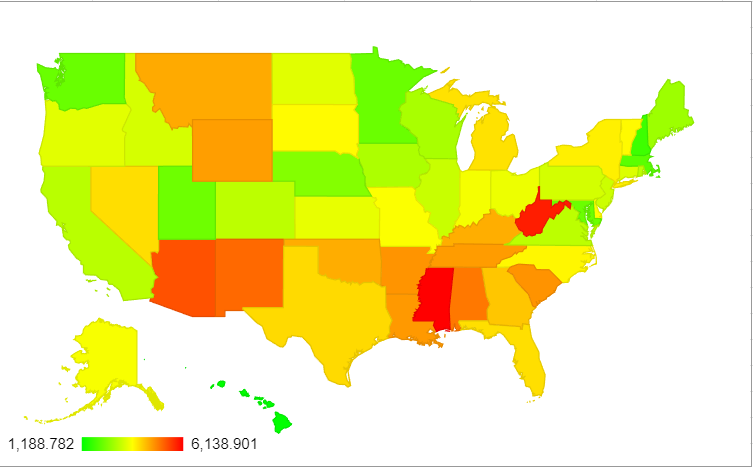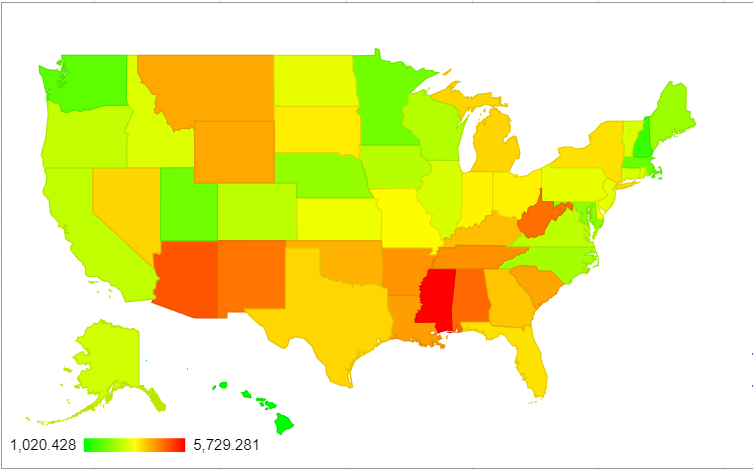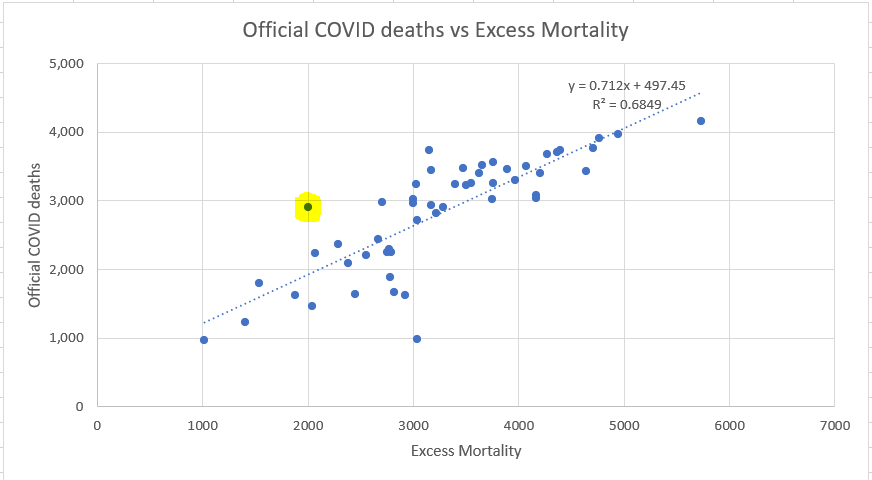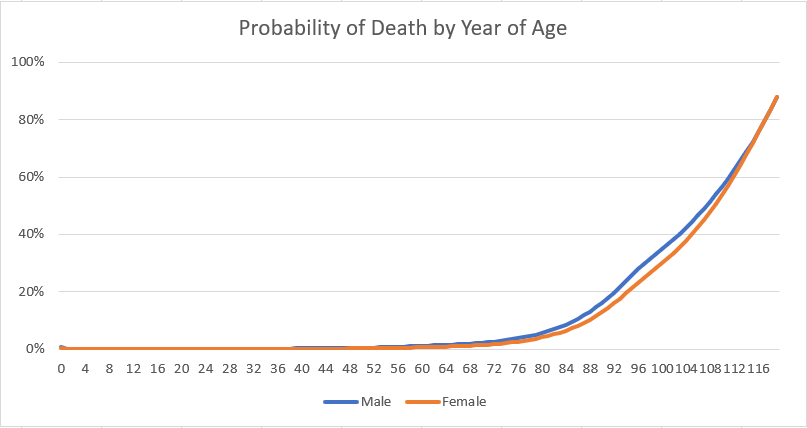Back in July, I put up a post about some possible interesting ideas about the obesity crisis, which included a lot of discussion about potatoes. At the time the blog Slime Mold Time Mold was running a trial for people interested in eating nothing but potatoes for a month, and they’ve now published the results. The results were intriguing, and the post about it is long. I appreciate that they posted successes as well as failures.
While I was interested in the discussion, I knew that I would likely not attempt to eat nothing but potatoes for 28 days. I have a few health conditions that seem to contraindicate this, and also it just doesn’t sound that fun. I figured this was just an interesting note until I saw someone Tweet about trying the “minimum viable potato diet” to great effect. Basically this person ate an extra 100g of potatoes (about 3.5 oz) per day with no other restrictions and lost 8lbs in 6 weeks.
Given my success with improving my glucose control via potato starch, I loved this idea. Most clinical trials for drugs try to establish a minimum effective dose of the substance in question, why not do this with potatoes? Every substance can have some bad effect if you take enough of it, so restricting your intake to the minimum effective dose helps maximize the impact while minimizing the side effects. While potatoes aren’t going to kill you, that still seemed like a good strategy. Additionally, there are multiple theories for why the potato diet might work well outlined in the SMTM post. Some of them (like monotony) would require a 100% potato based diet to work well, but others (some intrinsic property of potatoes themselves) wouldn’t need you to eliminate all other foods to work.
So basically, I’m going to try this out. I already use 4 tbsp of potato starch at breakfast, and while it has improved my glucose control, I have not seen notable weight loss. For the next 8 weeks I am going to vary the level of cold boiled potatoes I eat per day, and take daily measurements of a few endpoints from the SMTM study spreadsheet:
- Daily weight
- Compliance (actual)
- Energy
- Mood
- Ease of Diet (subjective)
- Any other events of note
My current plan is to test various amounts in 2 week blocks, and I will admit I actually started on 9/5/22. So here’s the schema (adding the potato starch in, though I have been doing that for 2 months already):
| Weeks | Cold Boiled Potatoes (ounces per day) | Potato Starch |
|---|---|---|
| 9/5 9/12 | 5 oz | 4 tbsp |
| 9/19 9/26 | 10 oz | 4 tbsp |
| 10/3 10/10 | 15 oz | 4 tbsp |
| 10/17 10/24 | 20 oz | 4 tbsp |
This will take me from about 250 calories/day of potato based things to about 550 calories/day. Given that I am a short not-terrifically active female, this would be anywhere from 15-35% of my daily calories. So by the end it will be a substantial chunk of my intake, but nowhere near the 100% done in the SMTM trial.
I plan on posting results. A few notes that I’m also thinking of:
- I plan on spreading the potatoes out throughout the day. I started the 5 oz at lunch only, as I have the potato starch with breakfast already. When I go to 10 oz I will add 5 oz to dinner. I do not plan on doing one meal of 20 oz of potatoes or anything like that.
- My primary endpoints will be weight loss, mood and energy. Ease of compliance and actual compliance will be secondary. My rationale is that if I have higher weight loss/energy/mood with imperfect compliance to 20oz than I do at perfect compliance with 10oz, I will stick with 20 oz most days.
- I reserve the right to stop a phase if I feel terrible. If that happens I will drop to a lower phase until things improve.
- Once I find an effective dose, my hope is to continue for 30 days at just that dose to track those results.
- I will make no other intentional dietary or activity changes. However, my energy is low so if I start feeling like being more active, I’m not going to intentionally restrict activity either. If all this does is send my energy up and I am more active, that’s a valid finding.
- I’m going to try to post updates. We’ll see how often that happens, but I think at least a 4 week, 8 week and 12 week update would be good. Sustainability is another factor for me, so I would like to see how this plays out over several months.
So far week one is going well, so we’ll see how this goes! Looking forward to it. If anyone else would like to try something similar btw, let me know and happy to post your results as well and/or provide more details.













